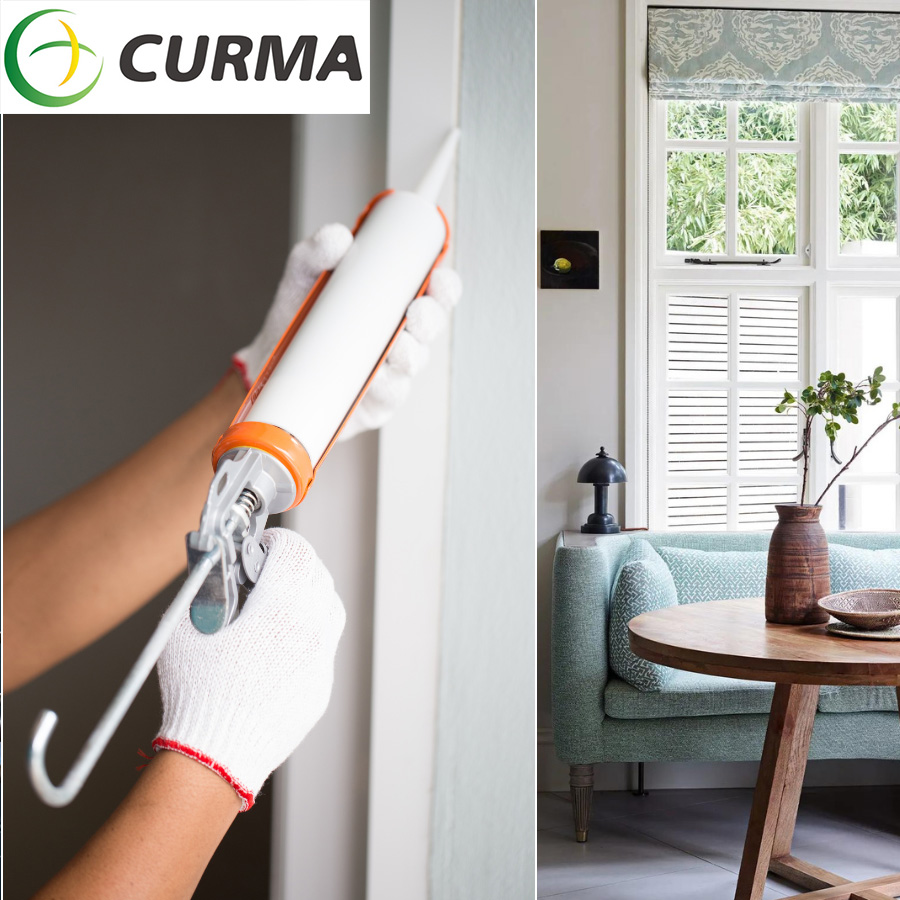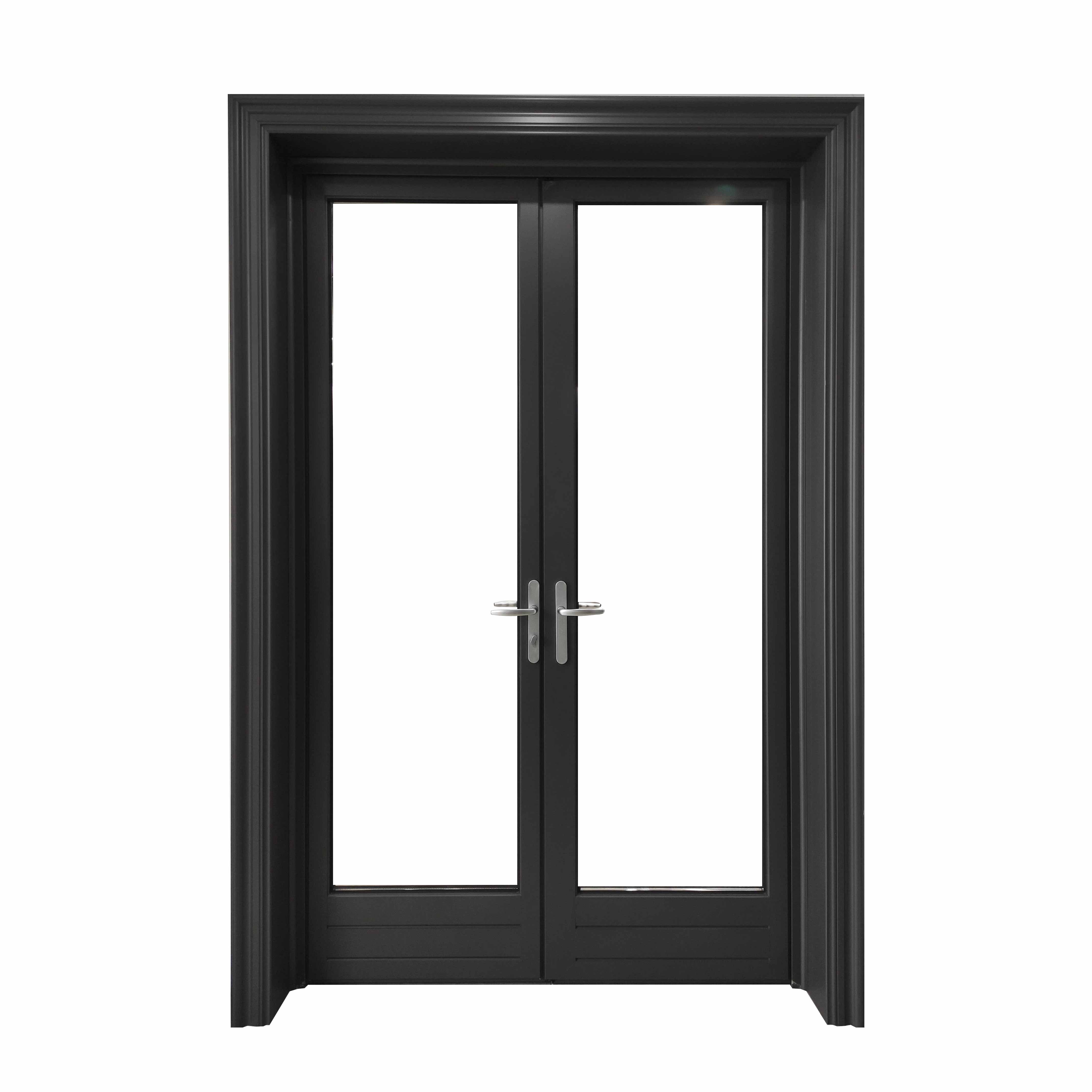Aluminum window frames are widely popular due to their beauty, durability, and low maintenance requirements. However, over time, gaps may appear around the window frame. These gaps not only affect the window's insulation, but can also lead to water leaks and energy waste. This article will detail how to effectively fill gaps in aluminum window frames, helping you restore your windows' airtightness and functionality.
Inspecting and assessing gaps
Before you start filling the gaps, you first need to thoroughly inspect the aluminum window frame to find all the gaps. Pay special attention to the corners, edges and joints of the window frame, as these are the places where gaps are most likely to appear. To find the gaps more accurately, you can use a lit candle or incense and move it along the window frame. If the flame or smoke fluctuates, it means there is a gap.
Some gaps may be difficult to see with the naked eye, but they can still cause air leakage and energy loss. This method can give you a more comprehensive understanding of the condition of the window frame, which will facilitate subsequent repair work.

Choosing the right caulking material
Depending on the size and location of the gap, it is important to choose the right caulking material. Here are a few common caulking materials:
1. Sealant: Silicone or acrylic latex sealants are suitable for filling small to medium-sized gaps. Silicone sealants are particularly suitable for outdoor use because they are resistant to water and UV rays, and have good elasticity and durability.
2. Foaming agent: Foaming agent is suitable for filling larger gaps and voids. It expands to fill the space and hardens to form a solid barrier. You need to be careful when using it because you may need to trim the foam after it expands.

3. Draft strips: Draft strips are an effective solution for gaps between window frames and sashes. Draft strips come in many forms, such as sticky foam strips, V-shaped strips, or felt. They provide a tight seal, reduce drafts and improve energy efficiency.
4. Caulking strips: For deep or wide gaps, using caulking strips in combination with sealants can provide a more effective seal. Caulking strips act as a filler, reducing the amount of sealant required to ensure a good seal.
Detailed steps for caulking
Once you have located the gap and prepared the materials, you can follow these steps to caulk the gap:
1. Clean the area: Use a scraper or screwdriver to remove dirt, debris, or old sealant from the gap. Make sure the surface around the gap is clean so that the new sealant can adhere firmly.
2. Prepare the sealant or foaming agent: If using sealant, cut the tip of the sealant tube at a 45-degree angle to better control the amount of glue. Put the sealant in the glue gun and set aside. If using foaming agent, install the nozzle and shake the can thoroughly.
3. Fill the gap: Use the sealant to squeeze out an even bead of glue along the gap, making sure to completely fill the gap. Use a spatula or your fingers to smooth the bead of glue to create a smooth surface. If using foaming agent, spray the foaming agent into the gap, filling about half of the space to allow for expansion. After the foaming agent cures, trim the excess.
4. Install the draft strip: If using the draft strip, measure the length of the gap and cut the appropriate length of the draft strip. Remove the adhesive from the back and press the strip along the seam to ensure a tight fit.
5. Wait for curing: Wait for the sealant or foam to cure completely according to the manufacturer's instructions. During curing, avoid touching or squeezing the sealed area to ensure a strong seal.
Long-term maintenance and prevention
Regular inspection and maintenance of aluminum window frames is key to preventing cracks from reappearing. Here are some maintenance and preventive measures to help you keep your window frames in good condition:
1. Regular inspection: Perform a comprehensive inspection of your window frames once a year, especially after extreme weather. Finding and repairing small cracks in time can prevent the problem from getting worse.
2. Keep it clean: Clean your window frames regularly to remove accumulated dust and dirt that can get into the cracks. Use a soft cloth and mild detergent to wipe the surface of the window frames.
3. Prevent water leakage: Make sure the drainage system around the window frames is unobstructed to prevent water from accumulating near the window frames. Proper drainage can reduce the time the window frames are exposed to water, prevent corrosion and cracks from forming.
4. Use high-quality materials: Choose high-quality sealants, foams, and wind strips to ensure a long-term and effective seal. Cheap materials may not provide enough protection, causing the cracks to reappear quickly.
5. Professional inspection and maintenance: Have your window frames inspected and maintained by professionals regularly. They can identify potential problems and provide professional repair solutions to extend the life of the window frames.
In conclusion
Filling gaps in aluminum window frames is an important step in maintaining home comfort and energy efficiency. By carefully inspecting, selecting the right materials, and following the right steps, you can effectively repair gaps and restore the sealing properties of your window frames. Regular maintenance and timely repair of minor problems can extend the life of your aluminum window frames, preserving their beauty and functionality.
If you need professional assistance or high-quality aluminum window products, please contact CURMA. We are committed to providing the highest quality products and services to meet your specific needs.


